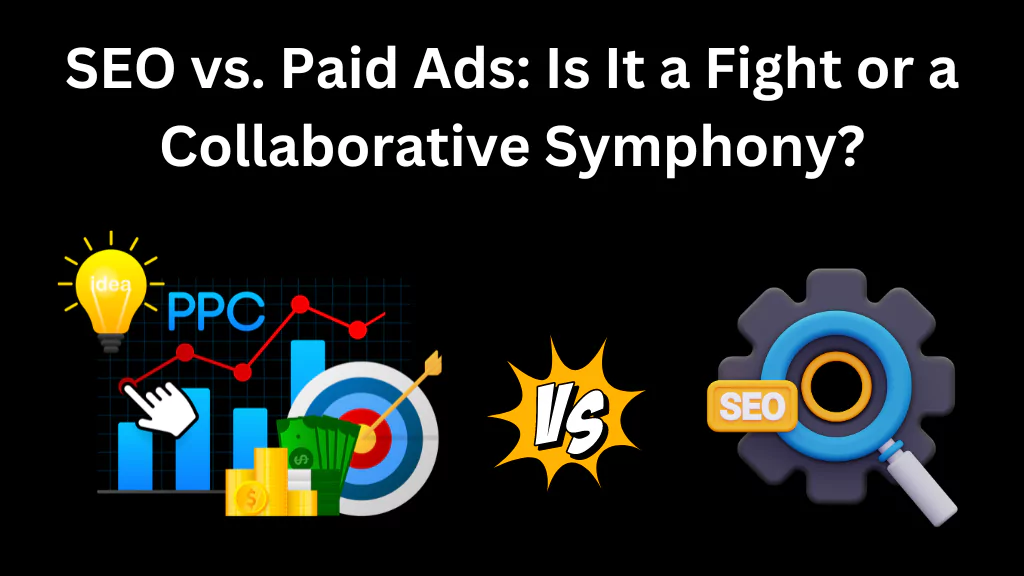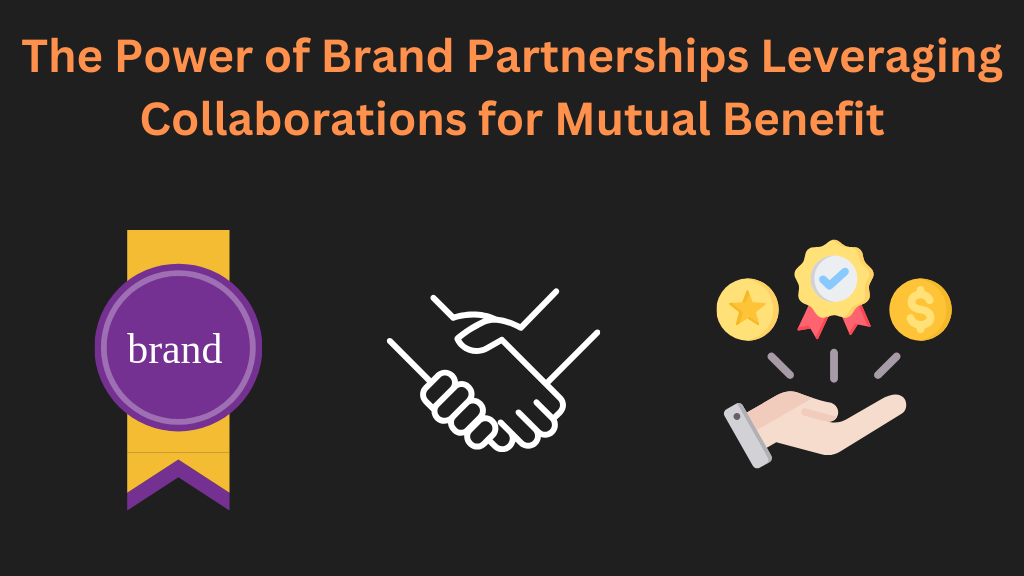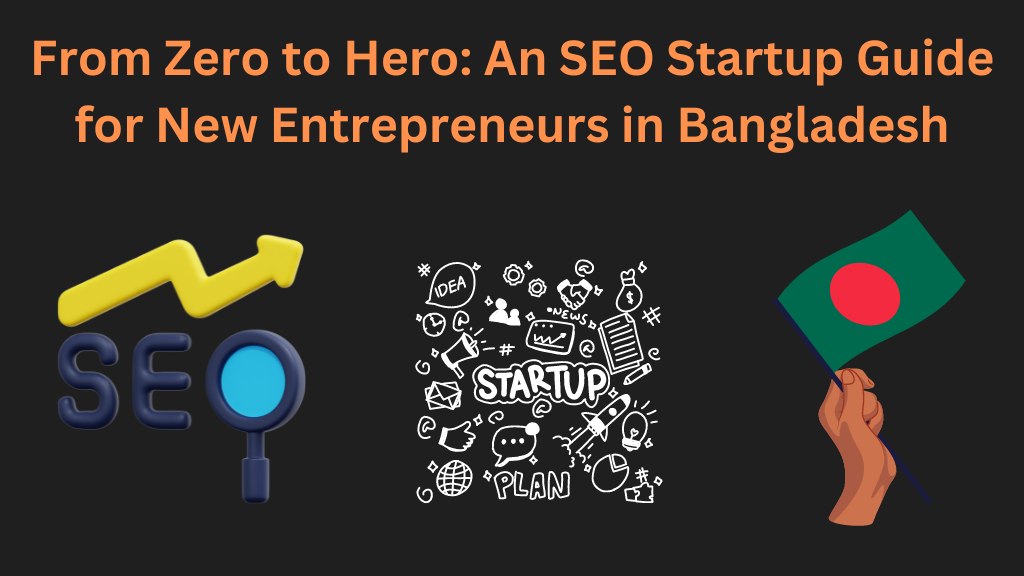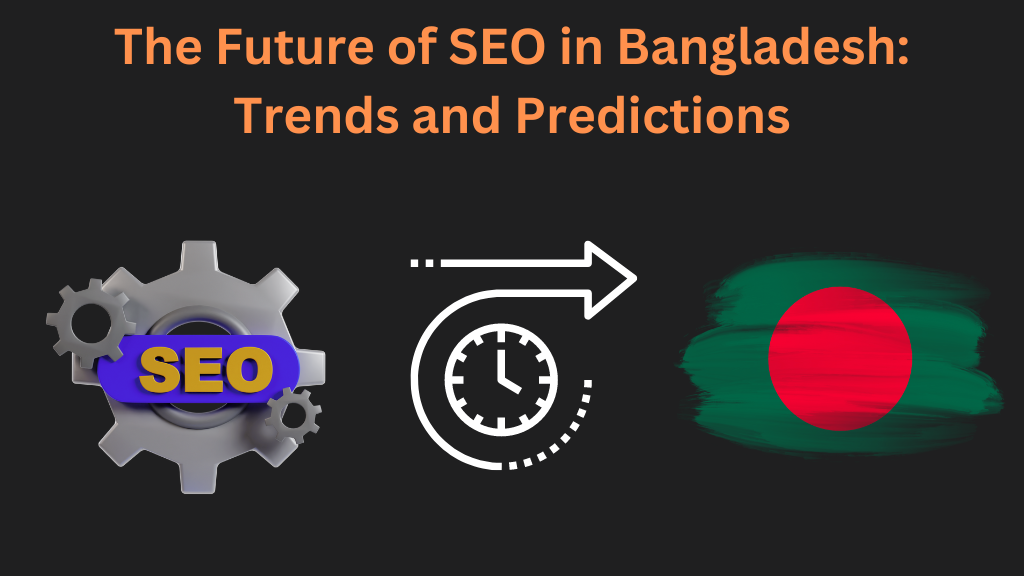In the bustling marketplace of online visibility, two titans stand tall: SEO (Search Engine Optimization) and paid advertising. Often painted as rivals, locked in a fierce battle for SERP (Search Engine Results Page) dominance, the truth is far more nuanced. Instead of viewing them as adversaries, we should recognize their interconnectedness and embrace the powerful harmony they can create when working together.

Table of Contents
ToggleSetting the Stage
In today’s digital age, online presence is not an option, it’s a necessity. Consumers spend a significant portion of their time searching online, making search engines the gateway to businesses. Both SEO and paid advertising aim to navigate this digital landscape, guiding the right audience towards your brand.
Understanding SEO
SEO is the art and science of crafting a website that resonates with search engine algorithms and users alike. By optimizing content, structure, and technical aspects, SEO earns your website valuable “organic” rankings on search engine results pages. Organic traffic translates to trust, credibility, and a sustainable long-term presence.
Key components of an effective SEO strategy
- Keyword research: Identifying relevant search terms people use to find your offerings.
- On-page optimization: Creating content that is both informative and search engine-friendly.
- Off-page optimization: Building backlinks, signals of trust and authority, from other websites.
- Technical SEO: Ensuring your website is crawlable, indexed, and mobile-friendly.
The Power of Paid Advertising
Paid advertising, as the name suggests, involves purchasing visibility on search engines (SEM) and other platforms. Popular channels include PPC (Pay-Per-Click) ads, display advertising, and social media advertising. These campaigns offer:
- Immediate visibility: Reach your target audience quickly, bypassing the organic ranking climb.
- Targeted reach: Define specific demographics and interests to ensure your message resonates.
- Measurable results: Track clicks, conversions, and ROI to assess campaign effectiveness.
The Battle Ground: Can They Coexist?
On the surface, both SEO and paid advertising compete for the same SERP real estate. However, a closer look reveals their distinct strengths and weaknesses:
- Cost: SEO requires an ongoing investment of time and effort, while paid ads involve direct financial costs.
- Sustainability: Organic rankings offer long-term benefits, while paid ads require continuous investment.
- Control: SEO offers greater control over content and branding, while paid ads rely on specific ad formats and platforms.
Finding Harmony: The Collaborative Advantage
Instead of viewing them as rivals, imagine SEO and paid advertising as instruments in an orchestra, each playing a unique role in creating a captivating symphony. Here’s how they can collaborate:
- Leveraging PPC data for SEO: PPC campaigns reveal valuable insights into user search behavior, informing your keyword research and content strategy.
- Boosting SEO efforts with paid advertising: Run targeted campaigns to specific landing pages optimized for conversions, improving your overall SEO performance.
- Brand synergy: Maintain consistent messaging and branding across both SEO and paid advertising efforts, solidifying brand identity and trust.
Maximizing ROI: Integrating SEO and Paid Advertising Strategies
The true magic unfolds when you integrate SEO and paid advertising into a unified marketing strategy. Here’s how to unlock their combined potential:
- Create a unified marketing strategy: Define your target audience, brand message, and overall marketing goals. Align both SEO and paid advertising efforts to achieve these objectives.
- Set complementary goals: While SEO focuses on long-term organic growth, paid ads can target specific short-term campaigns or promotions. This creates a well-rounded approach.
- Track and analyze cross-channel performance: Utilize analytics tools to monitor website traffic, conversions, and user behavior across both organic and paid channels. Identify areas for improvement and optimize accordingly.
- Iterative optimization: Embrace continuous improvement. Analyze data, experiment with different approaches, and refine your strategies to maximize ROI.
The Evolution of Search: Voice Search and Beyond
The digital landscape is dynamic, and search behavior is constantly evolving. The rise of voice search technology presents new opportunities and challenges for both SEO and paid advertising.
- Voice search: Adapt your content and strategy to incorporate natural language and long-tail keywords likely used in voice searches. Optimize for local searches and mobile devices.
- Beyond search: Explore emerging platforms like voice assistants and visual search. Optimize your content and presence for these channels to stay ahead of the curve.
FAQs (Frequently Asked Questions)
What is the main difference between SEO and paid advertising?
SEO builds organic, long-term visibility, while paid advertising offers immediate, targeted reach at a cost.
Can I rely solely on SEO or paid advertising for online visibility?
While both have their strengths, a combined approach offers the most comprehensive and sustainable results.
How do I know if my SEO efforts are paying off?
Track organic traffic, keyword rankings, and conversions over time. Monitor website analytics and SEO tools for insights.
What are some common mistakes to avoid in SEO and paid advertising?
Focusing on short-term tactics, neglecting content quality, and ignoring user intent are common pitfalls.
How can I determine the right balance between SEO and paid advertising for my business?
Factors like budget, industry, and target audience influence the ideal mix. Experiment and analyze data to find the optimal balance.
Are there any industry-specific considerations for SEO and paid advertising?
Yes, different industries have unique search behavior and competitive landscapes. Tailor your strategies accordingly.
Conclusion
The online world is not a zero-sum game. SEO and paid advertising are not rivals, but rather complementary forces in the pursuit of online visibility. By embracing their collaborative power, you can create a powerful symphony that attracts, engages, and converts your target audience. Remember, the key lies in understanding their distinct strengths, setting aligned goals, and continuously optimizing your strategy for success in the ever-evolving digital landscape.
So, ditch the battle mentality and embrace the collaborative spirit. Let SEO and paid advertising work together to compose a beautiful melody of online success!





